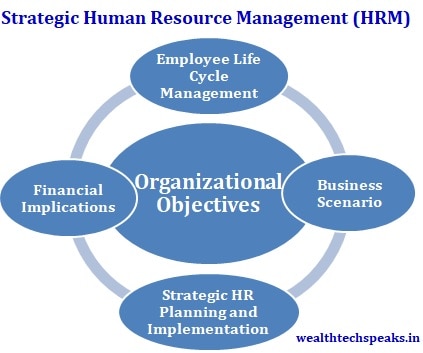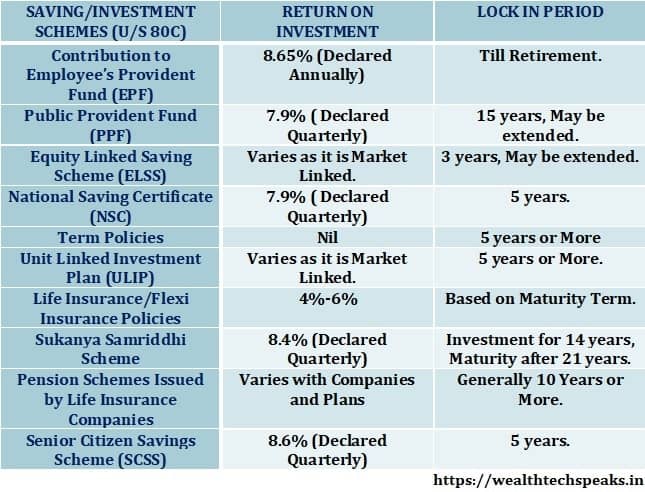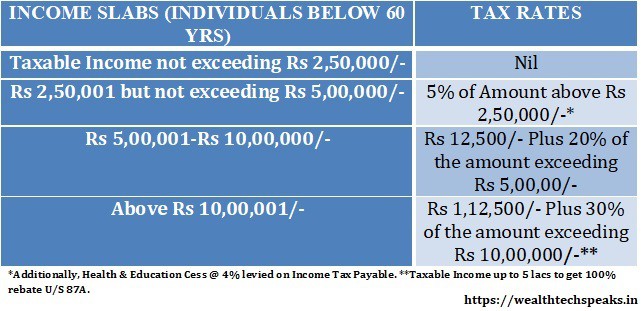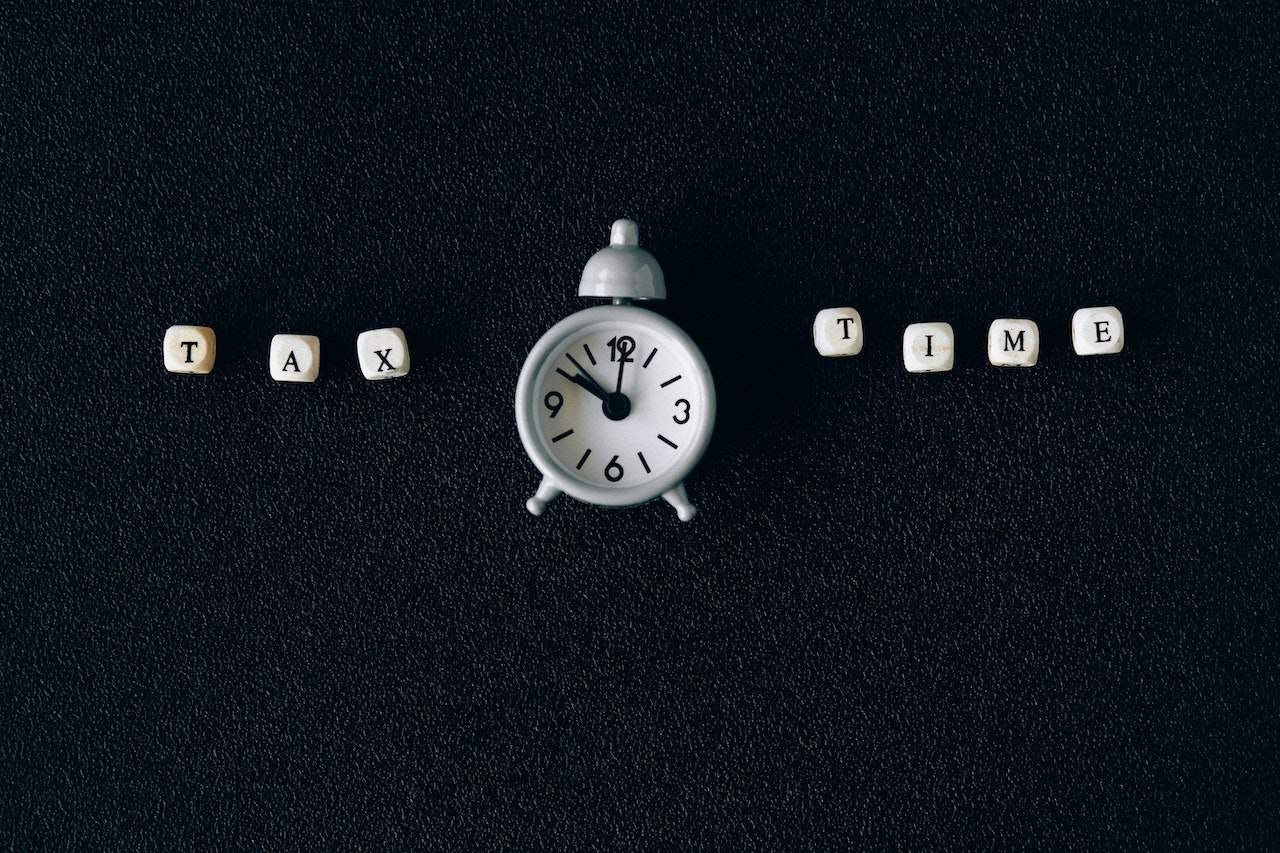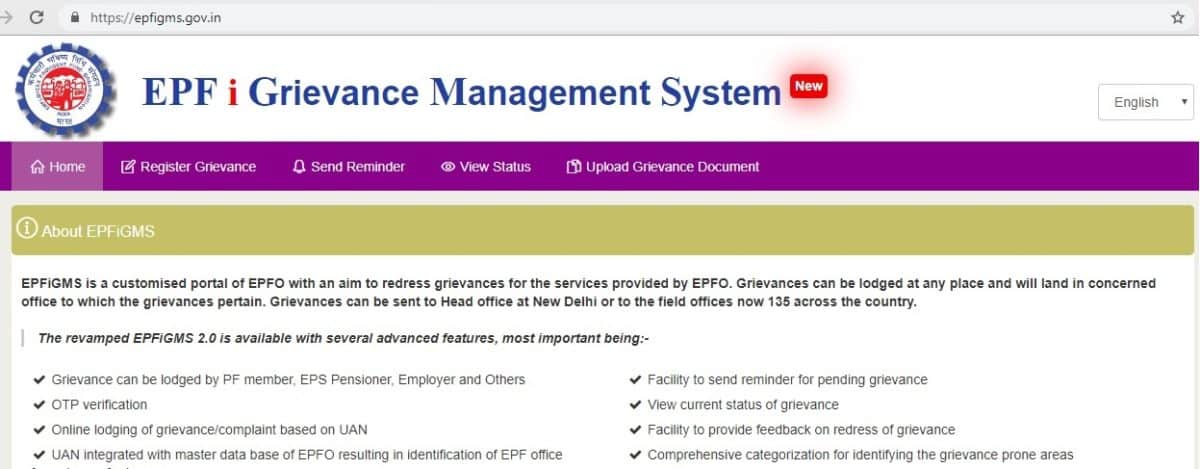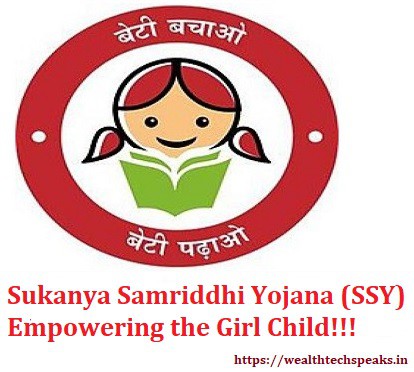
Employees’ Provident Fund Scheme: Composite Claim Forms For Fund Withdrawal (CCF)
- Posted By Amritesh
- On March 3rd, 2017
- Comments: 10 responses
The Employees’ Provident Fund Organization (EPFO) has been introducing changes to simplify the withdrawal process for the Subscribers to the Employees’ Provident Fund (EPF). Recently, the EPFO has introduced a single page Composite Claim Form (CCF) which would ensure hassle free claim processing for the subscribers whose Aadhar Number and Bank details have been seeded with the Universal Account Number (UAN). The EPFO has taken measures to smoothen the claim process, the changes pertaining to the same has been discussed below. CCF (Non Aadhar) has also been issued for Subscribers yet to seed their account with UAN.
EPFO in its pursuit to make the service more transparent and efficient as part of their e-governance drive has introduced multiple reforms including the implementation of Unique Account Number (UAN) in the recent past.
The new composite claim form (CCF Aadhar) is going to replace the existing Forms 19 (UAN), 10C (UAN), 31 (UAN) for all subscribers whose Aadhar Number and Bank details has been seeded with their respective UAN.
Previous Forms which have been replaced by CCF
Form 19 (UAN): Final Settlement
Form 10C (UAN): EPS Withdrawal
Form 31 (UAN): Advances/Partial Withdrawal
All the above mentioned forms is replaced by the Composite Claim Form (CCF).
The Documentation requirements for withdrawal have also been done away with, as per the new rules.
Withdrawals And Advances Under EPF
Composite Claim Form (CCF)
Two types of CCF has been issued for the convenience of the Subscribers to the Fund. Individuals who have seeded their UAN with the Aadhar Number and Bank details will use the CCF Aadhar which has eased the claim process to a great extent. Whereas, Subscribers who are yet to seed their account with the Aadhar number may use the CCF Non Aadhar which does require to fulfill some additional requirements for fulfillment of the claims.
CCF Aadhar: Subscribers to the Fund who have seeded their Aadhar with UAN and Bank details will now be required to fill up the single page CCF Aadhar Form for withdrawal of fund from their respective account. They no longer require to submit additional documents for the same. Employers attestation is also no longer required for the withdrawal.
CCF Non Aadhar: Subscribers who are yet to seed their Aadhar with UAN may use this form for submitting their claims. However, these claims would require the attestation from the Employers for the request to be proceeded.
Employers Attestation Not Required
In a major development, the EPFO has announced that Employers Attestation for withdrawal of claims is no longer mandatory. Subscribers using the CCF Aadhar can directly submit their claims to the EPFO. Whereas, Individuals using the CCF Non Aadhar can submit the claims without employers signature for withdrawal of Pension fund which has not completed 10 years (Form 10C). However, in cases of other withdrawals the Employer attestation is required for CCF Non Aadhar users.
Self Certification to Replace Other Forms of Certificate
Self Certification has replaced other forms of certification as discussed below. This is applicable for both the CCF Aadhar and Non Aadhar. Partial Withdrawals can be made through Self Certification in the following cases:
Advances for Housing Loans, Purchase of Plot/House/Flat, Construction/Renovation of House.
Advances in cases of closure of factories.
Advances for Marriage of Self or Immediate Family members.
Advances for Higher Education of the Children.
Investment in Varistha Pension Bima Yojana.
Withdrawal One Year Before Retirement.
Advances at the time of Natural Calamity.
Orders in respect of Advances for other purpose is expected soon.
“Utilization Certificate” no longer Required
The requirement for “Utilization Certificate” has also been dispensed, going forward no such document is required for partial withdrawal of funds as advances for Purchase of Plot/House/Flat, Construction/Renovation of House, etc. Similarly “Declaration Form” has also been discontinued with immediate effect.
No Need For Revenue Stamp
Revenue Stamp is no longer required for the Withdrawal of Funds. Earlier the revenue stamp was mandatory for withdrawal.
TDS Deduction
No TDS is to be deducted on withdrawal upto Rs 50,000/-. In case the account has not completed 5 years and the withdrawal amount is above Rs 50,000/- then TDS is applicable. Subscribers who have declared their PAN, TDS will be levied at 10% while for non disclosure of PAN the TDS is deducted at 34.608% on the amount withdrawn.
Applicability of Forms
The CCF forms may be used for the following purposes:
EPF Final Settlement
Employee’s Pension Scheme (EPS) Withdrawal
Partial Withdrawals for following requirements:
Advances for Housing Loans, Purchase of Plot/House/Flat, Construction/Renovation of House.
Advances in cases of closure of factories.
Advances for Marriage of Self or Immediate Family members.
Advances for Higher Education of the Children.
Advances at the time of Natural Calamity.
Investment in Varistha Pension Bima Yojana.
Withdrawal One Year Before Retirement.
Illness of Self/Immediate Family Members
Purchasing of Equipment b Physically Handicapped.
Orders in respect of Advances for other purpose is expected soon.
Faster Settlement Of Claims
With the above changes the process of withdrawal will require less time as it by passes the intermediaries and allows the Subscriber to directly approach the EPFO for withdrawals.
Forms
The Official link to the Forms and notification has been provided in the link below.

